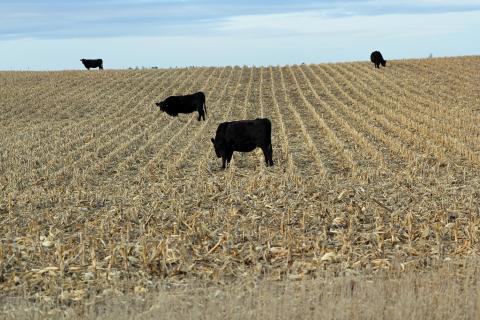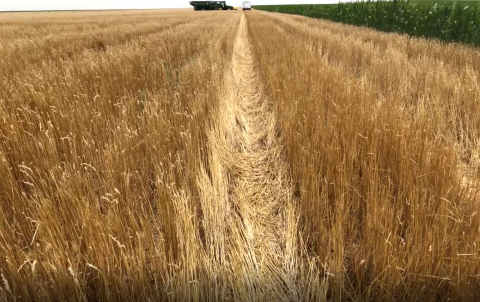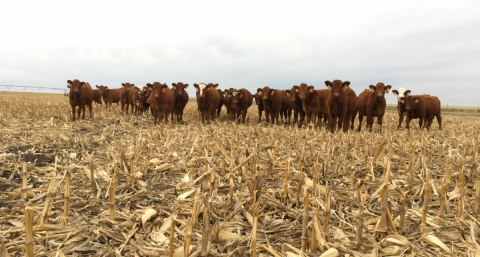Crop Residue Exchange Updated and Available for Listings
September 20, 2019
Interested in making your corn residue available or grazing? New updates make the Crop Residue Exchange even easier to use to link cattle producers and available grazing resources.
Managing Wheat Residue and Controlling Weeds
August 30, 2019
Due to the late wheat harvest throughout western Nebraska, weeds growing in unharvested fields grew much longer than usual. In some fields weeds matured and produced seed. These weed control measures and residue management will be particularly important for the next wheat crop.
What is the Value of Soybean Residue?
December 13, 2018
This Q&A addresses questions about baling soybean residue, including its nutrient value and comparison with other sources, economic value, and what should be considered when deciding whether to bale soybean residue.
CropWatch Launches a Podcast: Removing Corn Residue
December 6, 2018
In the inaugural CropWatch podcast Extension Educator Michael Sindelar interviews Marty Schmer and Virginia Jin, USDA ARS researchers, about uses for corn residue, recommended removal practices, and when residue removal is not recommended.
The Crop Residue Exchange Links Growers and Grazers
October 10, 2018
The Crop Residue Exchange is an interactive online tool to help crop and cattle producers connect and develop mutually beneficial agreements to use crop residue for grazing. A new feature allows producers to also list forage cover crops for grazing.
Crop Residue and High-Carbon Char: Potential Soil Conservation Tools
May 8, 2018
Soil is the single most important resource on which our agriculture depends. Proper soil management is necessary to sustain long-term agricultural productivity. Soil loss through erosion or run-off hurts agricultural production with depletion of organic matter and fertility. It also has environmental implications.
Corn Residue Removal and CO2 Emissions
February 26, 2018
University research looking at CO2 emissions from two types of residue removal (baling and grazing) compared with a control treatment found little day-to-day impact; however, when looking at cumulative data for the whole year, grazing did appear to affect cumulative CO2 emissions in irrigated crop-livestock systems. This data represents the first year of this study.
Amelioration Strategies after Corn Residue Removal
December 7, 2017
The authors review three research studies on how amelioration practices such as adding cover crops and/or manure may offset any effects of removing crop residue.






